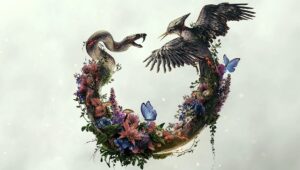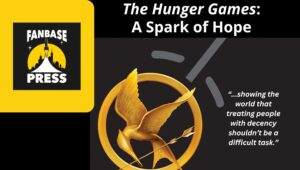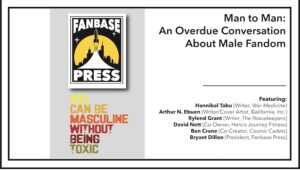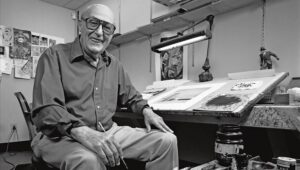
‘Sunrise on the Reaping,’ ‘Andor,’ and More Revolutionary Choices Make Up Fanbase Press’ Top Picks of 2025
As the end of 2025 draws near, the Fanbase Press staff and contributors wanted to take a look back at the year’s media from our

As the end of 2025 draws near, the Fanbase Press staff and contributors wanted to take a look back at the year’s media from our

Publisher Oni Press and indie animation studio Glitch Productions have taken to Kickstarter for Murder Drones: The Graphic Novel Adaptation, bringing creator Liam Vickers’ haunting and hilarious adult animated

As conventions return to in-person events, we at Fanbase Press feel that it is important and necessary to provide virtual access to those individuals who

As conventions return to in-person events, we at Fanbase Press feel that it is important and necessary to provide virtual access to those individuals who

Publisher, underground cartoonist, activist, historian, and collector Denis Kitchen (Kitchen Sink Press, Comic Book Legal Defense Fund) has been taking on the establishment for decades.

Greeting, fans of a galaxy far, far away! In celebration of Star Wars Day (#MayTheFourth) 2025, Fanbase Press invites you to check out our exclusive

Introduction: The Alien Legacy In the cold vacuum of sci-fi cinema, few stories have clawed into our collective psyche quite like Alien. What began as

Greeting, fans of the Alien franchise! In celebration of #AlienDay 2025, Fanbase Press invites you to check out our exclusive Alien-centric content from our staff

What happens when an unstoppable Xenomorph meets an immovable Ellen Ripley?Surrealism and sexuality meets feminism. These might not be the first themes that come to

Everdeen. Mellark. Abernathy. Three names. Three victims. Heroes. Traumatized. Their names forever ingrained within the Capitol’s games, suffering a form of a twisted existence. What

As conventions return to in-person events, we at Fanbase Press feel that it is important and necessary to provide virtual access to those individuals who

“We are on a journey…Life is a trip from here to there.”– Will Eisner, To the Heart of the Storm (1991) Each year for Will